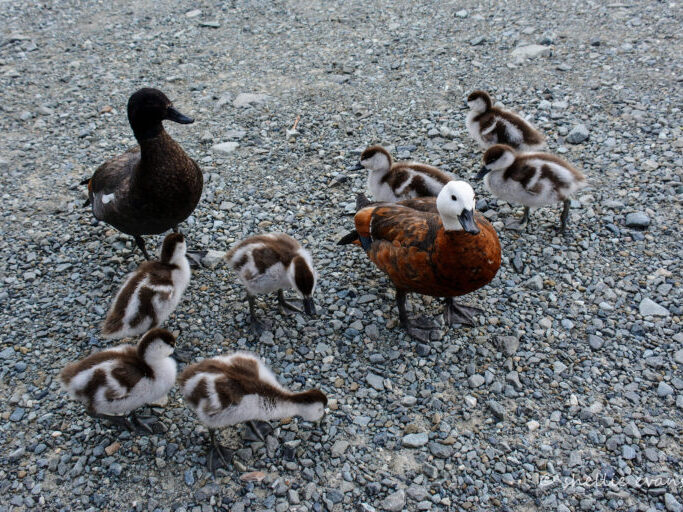ON THIS PAGE
Before you begin
This page offers specific tips on preparing your application(s). We have a list of funding options for your community group. Funding for predator free groups is available at a national level, regional level, community level, and for individual schools.
- Check the closing date – a simple but crucial step! Applications often take several weeks to prepare, so don’t begin at the last minute.
- Double-check all the criteria (region, type of project, funding limit) to make sure you’re eligible. Make sure you have a clear understanding of the types of project(s) the funder is looking to fund; this will prevent you wasting time applying for an unsuitable fund.
- Read through the entire form so you’re not caught out by any unexpected requirements.
- Be clear about what you need the funding for and who can fund it – many fund sources are very particular about what they fund, e.g. it can be hard to get funding for administration and hiring people, but a lot easier to get funding for traps or plants.
- Contact the provider with any specific questions you have about the process – on the phone or in person if possible. This is useful for two reasons: your questions get answered and it also establishes a small connection in advance. (However, this is not an opportunity to market yourself or short-cut the process – if a provider feels manipulated, this will count against you.)
- Don’t reinvent the wheel and create more work for yourself. Find someone else who has previously applied for the same fund and see if you can learn anything from their experience (good or bad).
- Make sure your project is all planned and ready to go. Funding should not be the first step of your project!
- Have a detailed budget prepared – the financial side is very important. How would the funding be spent? An itemised breakdown of costs (current and projected) shows you have put careful thought into your budget. Include your reasoning, rather than just inventing figures, and also include any volunteer contributions, personal contributions and group fundraising efforts – these all show a level of dedication to the project. Supporting evidence is beneficial, such as a bank statement or treasurer’s report

Writing your application
- Make sure you clearly outline your project objectives (goals) and expected outcomes. What is your vision, and what are you trying to achieve?
- Back up your objectives with supporting facts and figures, e.g. number of possums in the area, bird population changes over the past 20 years. Check with your local council or DOC website for statistics. Also think about how your project relates to other regional or national projects – will it build on or work with other local projects?
- Use plain language and stick to the point. It’s likely the provider will be skim-reading many applications and won’t have time to decipher jargon or wade through flowery prose. Keep your answers succinct, obey any word limits, and check that you’ve included all the required information. A few photos and a punchy executive summary is often useful.
- Make sure all the information you provide is up to date, honest, and accurate.
- Include supporting documents, if you can. Do you have any achievements to share, and/or letters of support from your school or community? It’s a great opportunity to make your application stand out, but don’t spam the provider; just supply a couple of relevant documents.
Before sending your application


- Check your spelling and grammar. Most online software includes automatic grammar and spell checking. Make sure it’s set to UK/NZ English. Note that it is standard practice to include macrons over relevant Māori vowels (if unsure, refer to a Māori dictionary).
- Find a proofreader. Every writer benefits from the fresh eyes of a proofreader to spot typos and other mistakes, and also to ensure the application is clear and easy to follow.
- Check that your formatting follows the application guidelines (e.g. double-spaced cover letters, all pages named and numbered).
- Make sure you’ve provided all the requested information – including attachments! If you’re posting a paper version, hold it all together with a paperclip. Fancy binding will not support your cause – if anything, it may irritate the provider. If you’re emailing your application, make sure all attachments are clearly named.
- Try to read your application through the provider’s eyes. Have you included everything that was required? Have you supplied enough details? Is it tidy and clear?
- If possible, have someone with funding experience to read over the application, or even send a draft to the funder if that is allowed.
Tips for sending multiple applications
Applying for funding is a competitive business and it’s likely you’ll apply for more than one grant. To avoid reinventing the wheel each time, follow these tips:
- Keep a calendar of upcoming application dates. That way you’ll have plenty of time to prepare, and won’t miss any closing times.
- Keep a portfolio of previous applications for reference, and also an electronic template (in Word, for example) of an application so you don’t have to write each one from scratch. However, you’ll still need to tailor each application so it’s relevant to the provider.
- Have a file of relevant documents for quick reference: annual reports, any financial or legal information, a short history of your group, your goals, a business plan if you have one, your volunteer/member numbers, the services or activities you offer, any media clippings, references and letters of support.
- Keep trying! It’s unusual to be funded from the first application. Seek feedback if you can, but otherwise try and learn from it and resubmit next year, and apply to other providers as well. You might also consider other options, such as crowdfunding (online through public donations), sponsorship from local businesses, or throwing a fundraising event.


